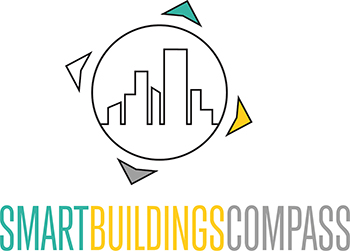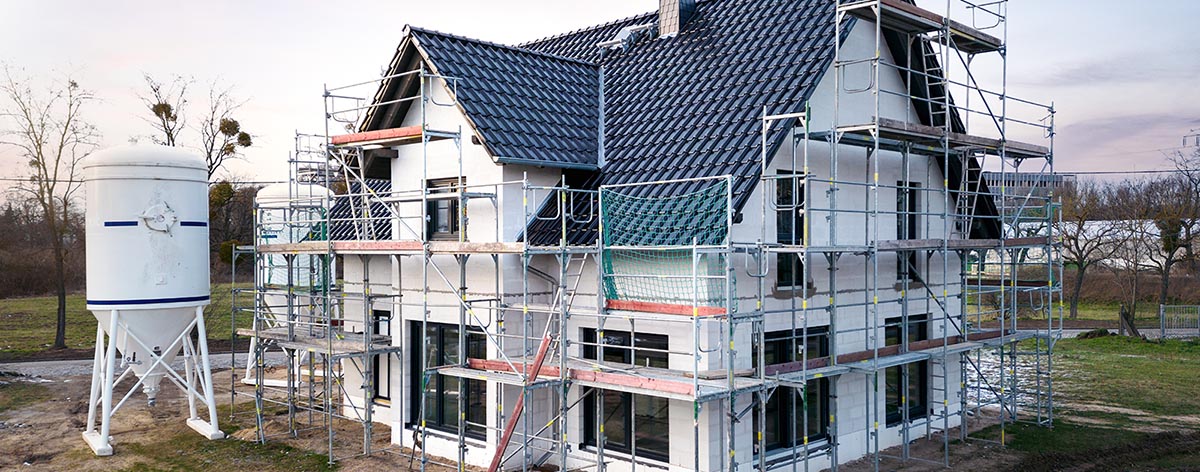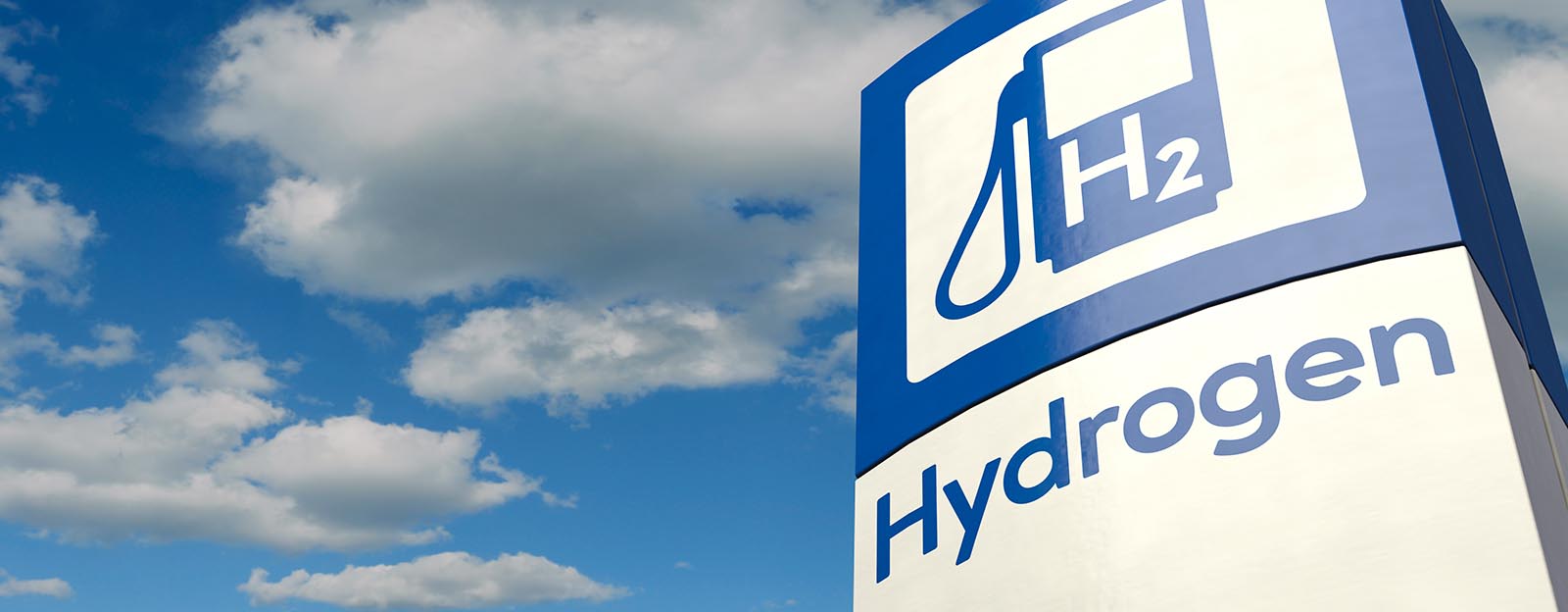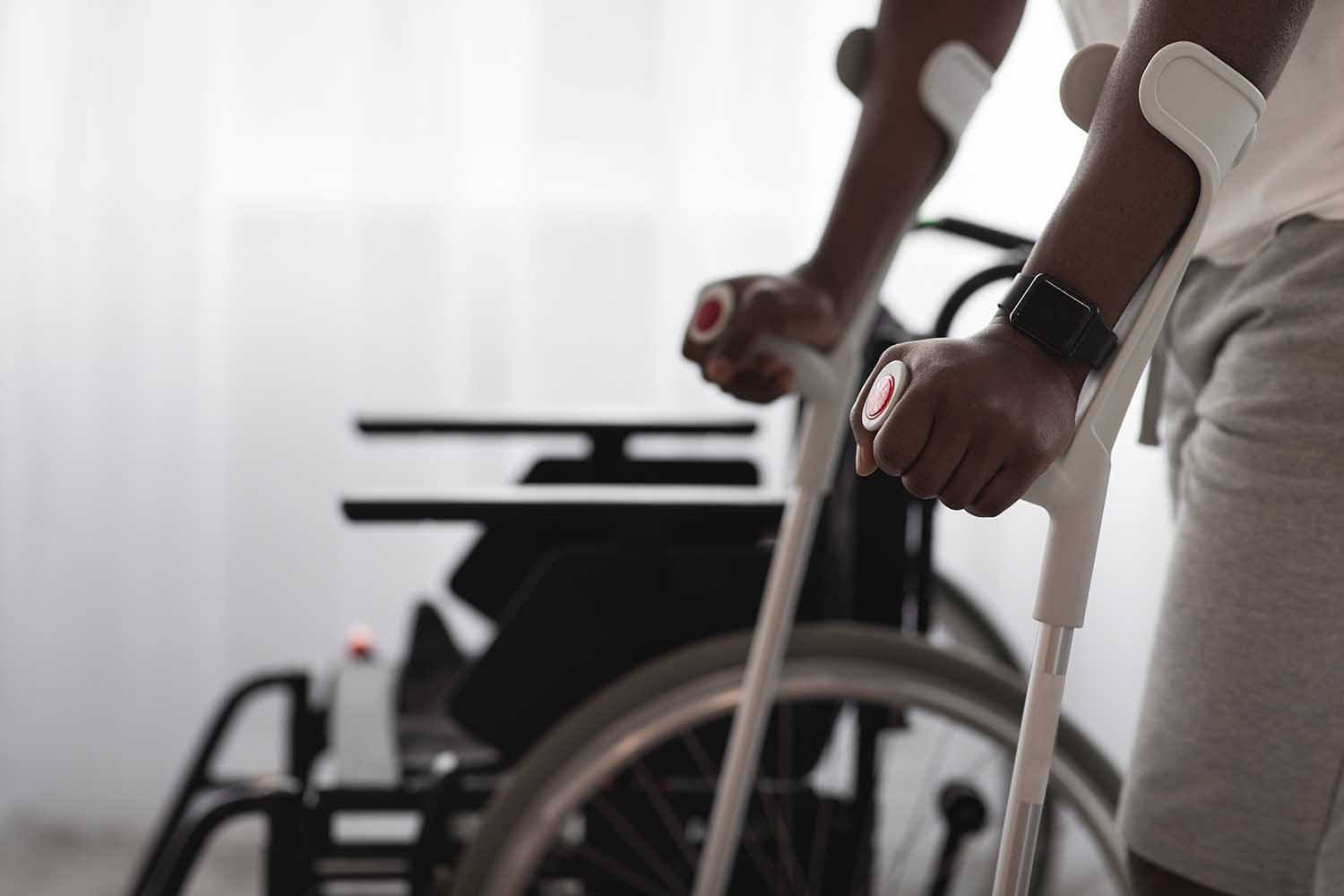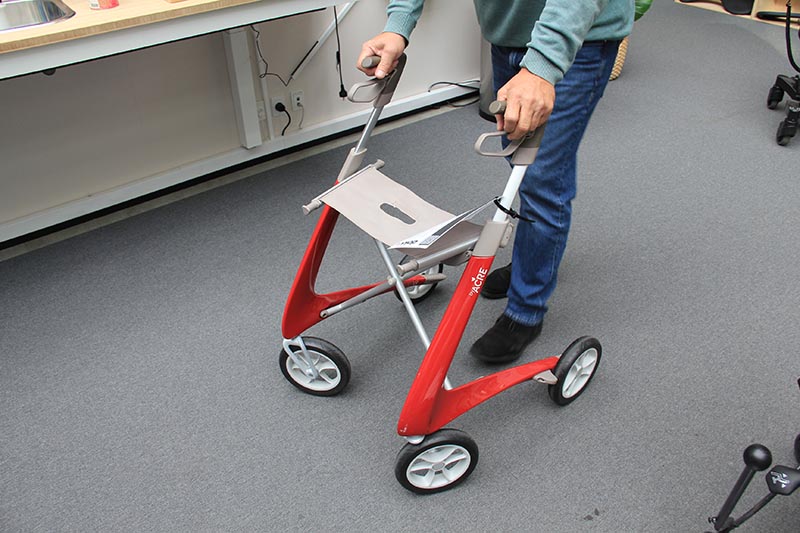As we spend more time at home in old age, we consume more energy. Given the high prices on the market, the trend is to produce this energy ourselves. Renovation is particularly worth considering for older homes, as there is a lot of potential for savings here.
Peter and Maximilian Koch on broken roofs after PV installations, what comes after PV panels, how end consumers can recognize quality and why their industry is facing challenges.

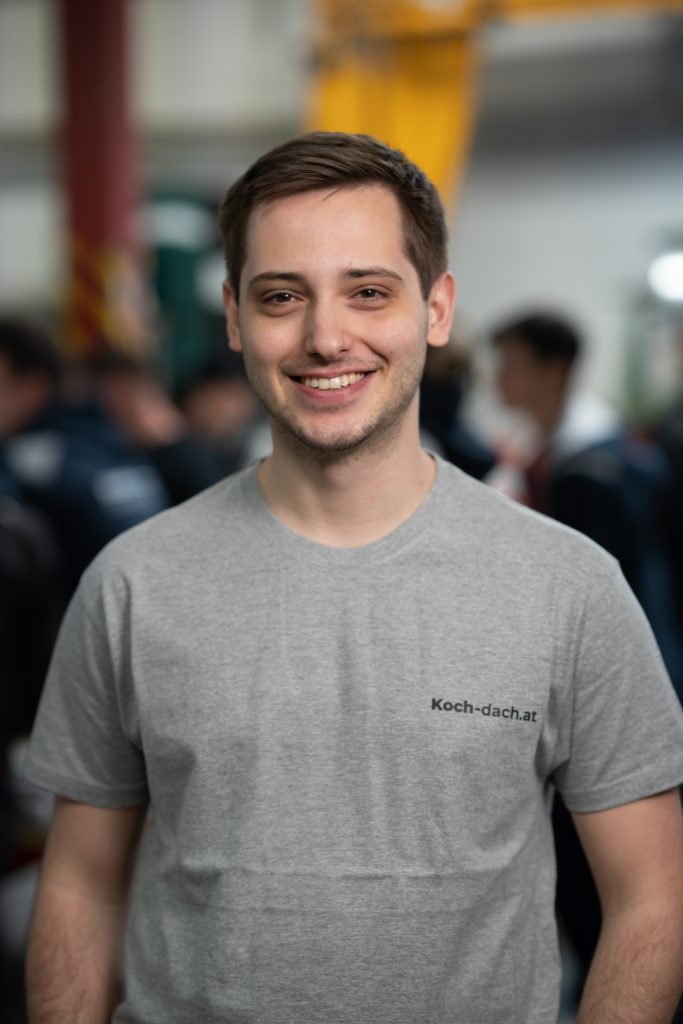
You are one of the few companies on the market that work in an interdisciplinary manner: As a roofing and tinsmith company, you also offer photovoltaic systems. How did this development come about?
Peter Koch: We have evolved from pure tinsmiths to building envelopes. We support these projects and develop them for private individuals or property management companies. Photovoltaic systems are interdisciplinary projects, but at the end of the day they can be divided up very easily: On the one hand, there is the electrical part, which is logically carried out by electricians. And then there is the installation on the roof, which is best done by a roofer or tinsmith. We have long-standing cooperation partners with whom we carry out these projects.
Maximilian Koch: You’re right – interdisciplinary collaboration is something new for the sectors. This involves communicating with other companies and planning and implementing projects together. Building these networks will become increasingly important in the future. The big challenge is managing the interfaces between the companies: Who is responsible for what, who plans and designs?
We invested an entire man-year in the further development of photovoltaics and looked at many technologies. This was a long process in which we looked at the entire market. Our technician has tinkered around and tried out a lot to build up expertise.
Speaking of expertise: You advertise with the claim “Photovoltaics without broken roofs” – why?
Peter Koch: There is a large number of old roofs in Vienna on which PV systems have been carelessly installed. This means, for example: You go onto functioning roofs during assembly, which then no longer work. As a surveyor, I see cases of 100-year-old roofs where each step caused damage of 500 – 800 euros. On average, it then takes 3-5 years before it starts to leak. Improper screw connections also cause major damage.
Maximilian Koch: You have to remember that these are complex systems that need to be integrated. These roof trusses are often converted inside, and the customer lives in this apartment during the construction period. No damage may occur here, but in reality there is a high probability that it will ultimately require renovation.
This leads us straight to the next question: many people are now starting to renovate their houses and apartments. How can end consumers choose the right companies? For example, recognizing quality?
Peter Koch: Quality is often not recognizable to the end consumer. We are recommended to others in around 95% of cases, so we have built up a great deal of trust in the private customer sector. So my advice is to find out from your circle of acquaintances who has done a good job.
The trend towards interdisciplinary work means that networks are becoming increasingly important. Get companies that think in networks and have built up good teams. I have my experts on hand, whom I trust and who have been working with us for many years.
Why are interdisciplinary networks becoming increasingly important? What developments do you expect in your sector?
Maximilian Koch: We have many topics, but the next big thing will simply be photovoltaics. There will no longer be a roof without photovoltaics – or rather: we simply cannot afford to renovate roofs without integrating photovoltaics. The question is rather, do I save for another year or two and wait until I have better financing options, for example, and then renovate it with photovoltaics.
Peter Koch: Over the next 5 to 10 years, our industry will develop to such an extent that the rooftop systems that we currently install will gradually disappear as a transitional technology or at least decline sharply. We think these systems will be replaced by systems integrated into the brick. We therefore recommend that customers wait a few more years before simply renovating or laying a new roof.
We also see that the future will not necessarily belong to today’s manufacturers. There are now very innovative tiles that combine photovoltaics and heat, for example. These use not only the light, but also the heat from the air in the sub-roof. These are highly interesting systems, and Germany is at the forefront of innovation here. In Styria, on the other hand, there is a solar manufacturer that produces special panels in any format and in many colors. The architects rave about it.
These systems are coming. I assume that we will earn at least 50%, if not two thirds, of our turnover from photovoltaics in the next 5 to 10 years.



The expansion of photovoltaics will not be possible without storage in view of the still insufficiently developed electricity grids. Do you also offer these systems?
Peter Koch: Yes, we also offer combinations with storage units. The aim must be to use as much self-produced electricity as possible. For me, the photovoltaic system is the biggest social project of the last 200 years. This is truly democratization, because we become energy producers and can also use our own production. But far too few people are still doing this today. Today it is often the case that they sell all their electricity to the energy supplier and buy back their electricity requirements at a high price. That makes no sense.
We have a large 75 kWp system at our company and consume a large part of it ourselves with our workshop, office and electric fleet. As we produce the electricity ourselves, we don’t pay any grid fees for it. They are horrendously expensive – and will become even more expensive due to the necessary expansion. This also reduces the load on the grid.
We will not be able to avoid home automation, which would also allow households to benefit from flexible electricity tariffs. Currently, many end consumers pay a fixed price and cannot benefit from the favorable offers. For example, when the sun shines at midday and a lot of electricity is produced by photovoltaic systems.
Sounds like a lot of innovation for what is basically a rather traditional construction industry.
Peter Koch: The question is whether I look at the picture in the rear-view mirror or turn the mirror around and say: We’re going forwards. In the construction industry, a lot of people drive with a rear-view mirror. It is really difficult to introduce innovation here. I estimate that around half of the craft businesses in our sector will close. Because they cannot find skilled workers to continue running the company. There are currently so many businesses without a successor – I’m lucky, that’s not the case here with Maximilian.
Maximilian Koch: The comparison with the rear-view mirror is very apt. What is often written on the rear-view mirrors? Things in the rear-view mirror could be larger than they actually appear. And that simply fits for photovoltaics and for all the topics that are coming our way. In reality, even if you see them far behind you in the rear-view mirror, they are already there.
Innovation and handing over to the next generation is very difficult, especially in companies with a long tradition. Many companies no longer want to take the risk of investing. The entrepreneur is already in his 50s and would have to adapt to completely new technologies and new specialist areas. Many entrepreneurs are no longer interested in this. On the other hand, you also have to understand my generation: They don’t want to be involved in the further development of these outdated companies.
To stay on topic: How do you organize the transition from the old to the new generation in the company?
Peter Koch: I tend to be forward-thinking, but even my mindset is old compared to Maximilian’s ideas. This is a development process. Even if you were totally innovative when you were young and you don’t have anyone to push you – to put it nicely – it won’t work. This intergenerational story is extremely difficult in the skilled trades. Larger companies will probably find it easier to bring in external consultants.
Maximilian Koch: Mindset plays a very important role here. I like to think and work in an interdisciplinary way. I think it’s important that you enjoy it.
We have regular meetings and seminars with our change manager. I like to call it couples therapy. In fact, we were only talking about the company, but you work in the family business with your father. It is familiar, but also a company.
Thank you very much for the interview!
One company, two generations: Father Peter Koch and son Maximilian Koch make up the management of Koch Dach in Vienna. More about this company at https://www.koch-dach.at or on a tour of their Show Roof, which showcases the latest PV and roof technologies.
Image material: Koch Dach
Author: Anja Herberth
Chefredakteurin
